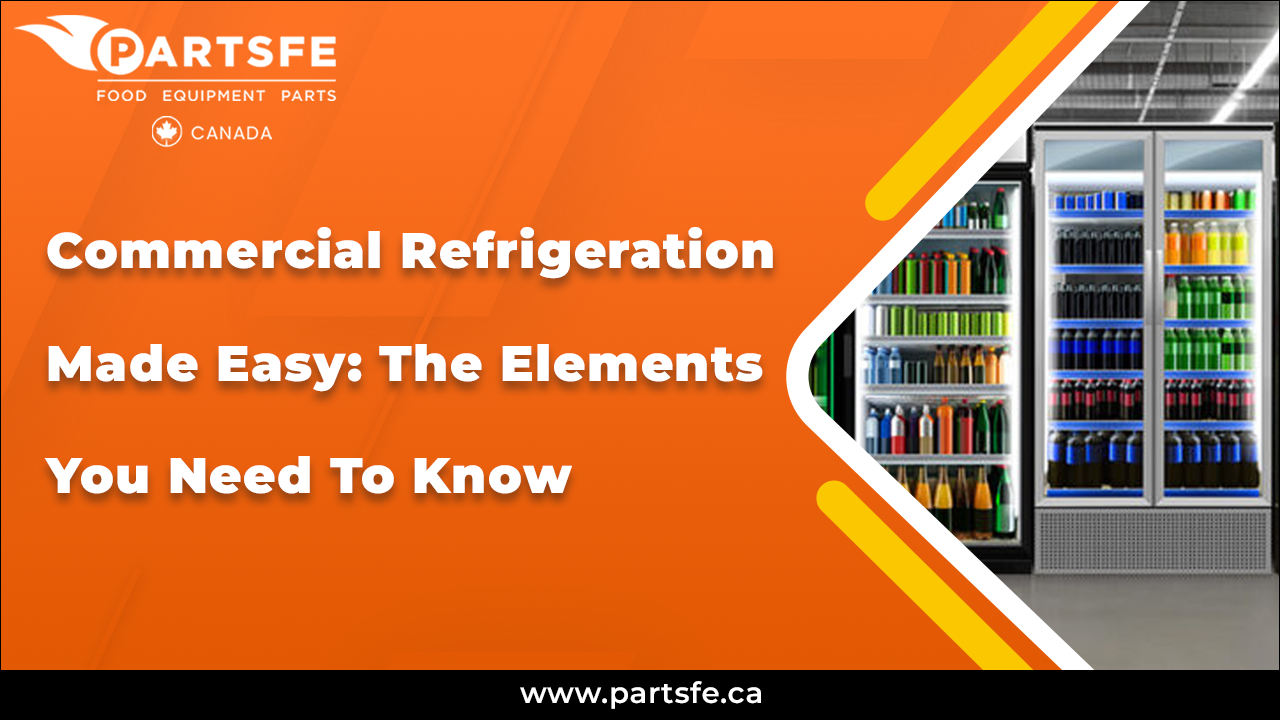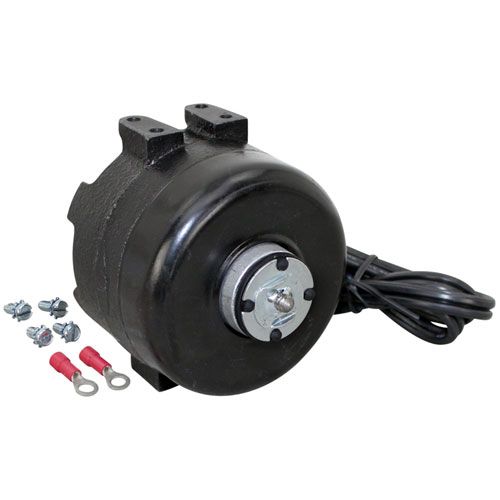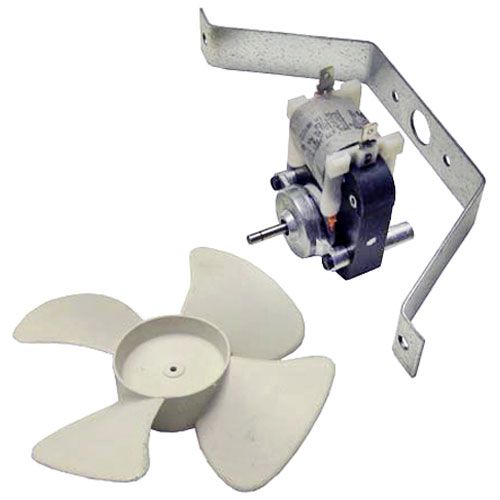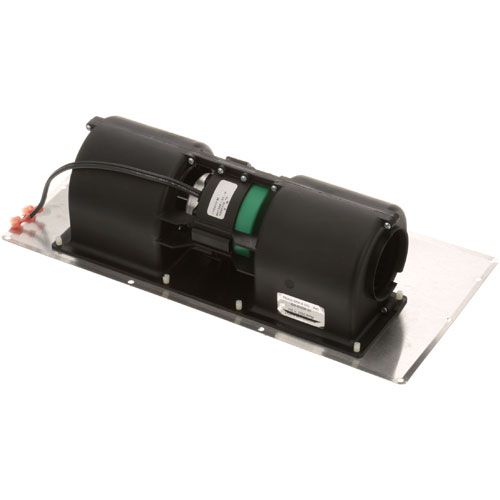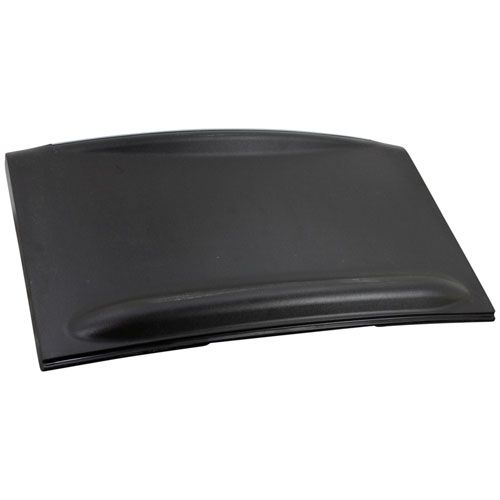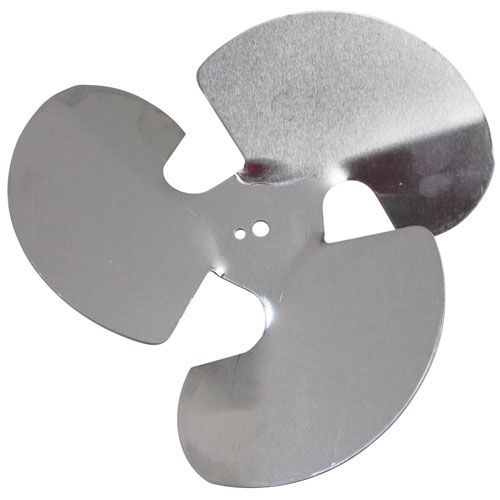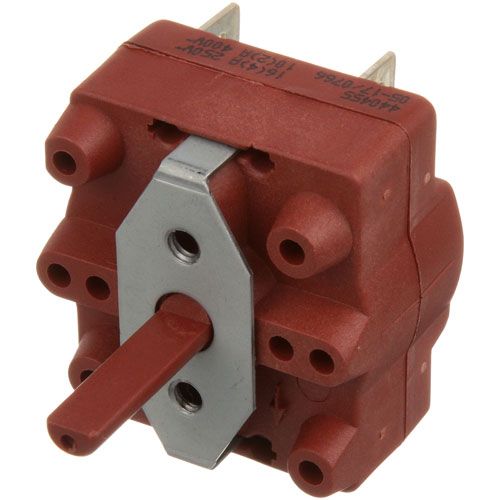Commercial Refrigeration Made Easy: The Elements You Need To Know
Commercial refrigeration is vital for the operations of many businesses, particularly in the restaurant industry. It involves a complex system comprising several key components, each playing a crucial role in maintaining optimal temperatures within refrigerated spaces. When you're managing a restaurant, a supermarket, or a warehouse, understanding how does refrigeration work and the refrigerator parts involved can save you time, money, and avoid costly repairs. This guide will break down the fundamental elements of commercial refrigeration and explain the commercial refrigeration components that keep your system running smoothly.
What is Commercial Refrigeration?
Commercial refrigeration refers to refrigeration systems designed specifically for business use. These systems are used in places like supermarkets, restaurants, warehouses, and manufacturing facilities to keep products at the required temperature. From fresh produce to frozen goods, commercial refrigeration ensures that food and other perishable items remain safe and viable for longer periods. These systems differ from residential refrigerators in terms of size, capacity, complexity, and durability, designed to handle large quantities and operate continuously.
Understanding the basic principles behind how does refrigeration work is the first step in maintaining an efficient commercial refrigeration system.
How Does Refrigeration Work in a Commercial Setting?
Commercial refrigeration systems work by using thermodynamic principles to transfer heat from one area to another. The process starts when the compressor compresses refrigerant gas, increasing its pressure and temperature. The refrigerant then flows into the condenser, where it cools and condenses into a liquid. Next, the refrigerant passes through the expansion valve, where its pressure and temperature are reduced. Finally, the evaporator absorbs heat from the surrounding environment, cooling the air or products inside. This continuous cycle ensures that the temperature inside the refrigeration unit remains stable, keeping perishable items at the right temperature for optimal preservation.
Understanding these basic components can help businesses keep their commercial refrigeration system running efficiently.
Varieties of commercial refrigeration solutions
Commercial refrigeration systems come in various types, each serving specific purposes tailored to different businesses' needs:
-
Walk-in coolers and freezers: These are spacious storage units ideal for restaurants, supermarkets, and businesses needing to store large quantities of perishable goods. They offer customization options to fit diverse needs.
-
Reach-in refrigerators and freezers: Designed for commercial kitchens and retail settings, these units come in single, double, or triple-door configurations, optimizing space while providing easy access to stored items.
-
Display cases: Display cases are commonly found in retail settings and highlight perishable commodities such as meat, dairy, and fruit. Available in a variety of sizes and designs, including open-air ones with no doors.
-
Beverage coolers: Perfect for restaurants, bars, and convenience stores, beverage coolers maintain drinks at optimal temperatures for immediate consumption. They come in countertops or larger sizes to suit different business demands.
-
Ice machines: Essential for establishments requiring a constant ice supply, such as commercial kitchens or bars. They vary in size and capacity, producing significant quantities of ice per day, and are available in air-cooled or water-cooled models.
-
Refrigerated prep tables: These tables are commonly seen in commercial kitchens and have a refrigerated section for ingredient storage as well as a prep area for food processing.
-
Blast chillers: Blast chillers are used in food service facilities to quickly cool heated food, preventing bacterial growth and preserving food quality. They come in tabletop and bigger versions to accommodate numerous food pans.
Key elements of a commercial refrigeration system
-
Compressor: Circulates refrigerant throughout the system, compressing it to release heat.
-
Condenser: dissipates heat from the refrigerant into the surroundings.
-
Evaporator: Absorbs heat from the refrigerated environment, which aids in cooling.
-
Expansion valve: Expansion valves regulate refrigerant flow into the evaporator by lowering pressure and temperature.
-
Refrigerant: absorbs and releases heat within the system.
-
Thermostat: regulates the internal temperature of the refrigerator, prompting the compressor to turn on or off as needed to keep it within the specified range.
These components work together smoothly to keep perishable commodities at ideal temperatures in commercial refrigeration systems.
Distinguishing commercial and industrial refrigeration
|
Aspect |
Commercial refrigeration |
Industrial refrigeration |
|
Usage |
Food and beverage enterprises such as restaurants, grocery shops, small merchants |
Large-scale operations including chemical factories, cold storage facilities, pharmaceutical manufacturing units |
|
Size and capacity |
Smaller size and lower cooling capacity (between 0 and 5 degrees Celsius) |
Larger size and higher cooling capacity (as low as -40 degrees Celsius) |
|
Design and components |
Typically feature a single compressor and use hydrofluorocarbon (HFC) refrigerants |
Often incorporate multiple compressors and may use natural refrigerants like ammonia or carbon dioxide |
|
Applications |
Cooling and storing relatively smaller quantities of perishable goods such as meat, dairy products, and beverage |
Cooling and storing various products on a large scale, including chemicals, vaccines, and pharmaceuticals |
|
Maintenance and repair |
Simpler maintenance procedures and less frequent servicing |
More complex maintenance procedures and more frequent servicing |
Industrial refrigeration systems demand more intricate maintenance due to their complexity and critical applications. With a higher number of components and larger cooling capacities, these systems require more frequent servicing to ensure uninterrupted operation, especially in industries like pharmaceuticals where downtime can lead to significant product loss.
Common challenges in commercial refrigeration
Common issues can arise with commercial refrigeration systems, affecting their performance, efficiency, and lifespan.
-
Refrigerant leaks: Refrigerant leakage can diminish the cooling capacity of the system, potentially leading to product spoilage. Additionally, it can strain the compressor, raising energy consumption and risking system failure.
-
Electrical problems: Various electrical components, such as thermostats, fuses, or circuit breakers, can malfunction, resulting in partial or complete system shutdown.
-
Compressor failure: Compressor malfunction can halt the refrigeration process entirely. This can occur due to factors like excessive usage, overheating, or mechanical issues.
-
Dirty coils: The coils are essential for heat transfer in the refrigeration system. Accumulated dirt or blockages can impede their efficiency, forcing the compressor to work harder and potentially causing energy inefficiency and system breakdowns.
-
Improper maintenance: Regular maintenance is vital for detecting and addressing small issues before they escalate. Neglecting maintenance can allow minor problems to escalate into significant and costly issues over time.
Leading manufacturers of commercial refrigeration in the USA
In the realm of commercial refrigeration manufacturers in the USA, several prominent players dominate the industry. Among them are True, Manitowoc, Turbo-Air, Traulsen, and Beverage-Air.
True stands out as a top-tier manufacturer renowned for its commitment to quality and longevity in commercial refrigeration equipment. Their product line spans a wide array of refrigeration solutions, ranging from reach-in refrigerators to display cases and under-counter refrigerators.
For those seeking replacement parts, PartsFe offers readily available True commercial refrigerator parts, ensuring efficient maintenance and prolonged equipment performance. Manitowoc and Beverage-Air also hold a significant market share, providing diverse refrigeration solutions tailored to various industries.
Selecting the ideal commercial refrigerator for your business
Selecting the appropriate commercial refrigerator for your business can indeed be daunting, but considering a few key factors can simplify the process:
-
Assess your space and layout: Measure the available kitchen space and consider how the refrigerator will fit into your layout. Decide between a reach-in or walk-in unit, and determine whether a sliding or swinging door is more practical.
-
Evaluate storage needs: Understand the volume and types of food you'll be storing. Consider if you need separate compartments for specific items, like fruits and vegetables, or adjustable shelving for flexibility.
-
Choose the right refrigeration system: Decide between top-mounted, bottom-mounted, or side-mounted systems based on factors like humidity levels and ceiling height in your kitchen.
-
Prioritize energy efficiency: Look for Energy Star-rated models to save on energy costs over time. Energy-efficient units not only reduce expenses but also contribute to sustainability efforts.
-
Ensure quality and features: Invest in high-quality units with features like digital thermostats, adjustable shelves, and self-closing doors. Durability is crucial for long-term reliability and performance.
-
Consider warranty and service: Opt for models with comprehensive warranties covering both parts and labor. Additionally, ensure easy access to servicing and maintenance support for efficient upkeep of your refrigerator.
Commercial refrigeration relies on several basic components, including a compressor, condenser, evaporator, and expansion valve, which work together to facilitate the cooling process. As the refrigerant moves through the system, it undergoes phase shifts, taking heat from the refrigerated compartment and releasing it outside. This cycle allows for the effective preservation of perishable commodities by maintaining the proper temperature levels.
FAQs
What are the key components of commercial refrigeration?
The basic components are a compressor, condenser, evaporator, expansion valve, and refrigerant.
How does the compressor function in commercial refrigeration?
The compressor compresses the refrigerant, increasing the pressure and temperature.
What is the purpose of the condenser in commercial refrigeration?
The condenser converts high-pressure, high-temperature refrigerant vapor to a liquid, releasing heat in the process.
How does the evaporator function in commercial refrigeration?
The evaporator absorbs heat from the refrigerated chamber, causing the refrigerant to evaporate and cool the surrounding environment.
Why is the expansion valve so crucial in commercial refrigeration systems?
The expansion valve regulates the flow of refrigerant into the evaporator, hence regulating the cooling process and maintaining appropriate temperature levels within the refrigerated space.

